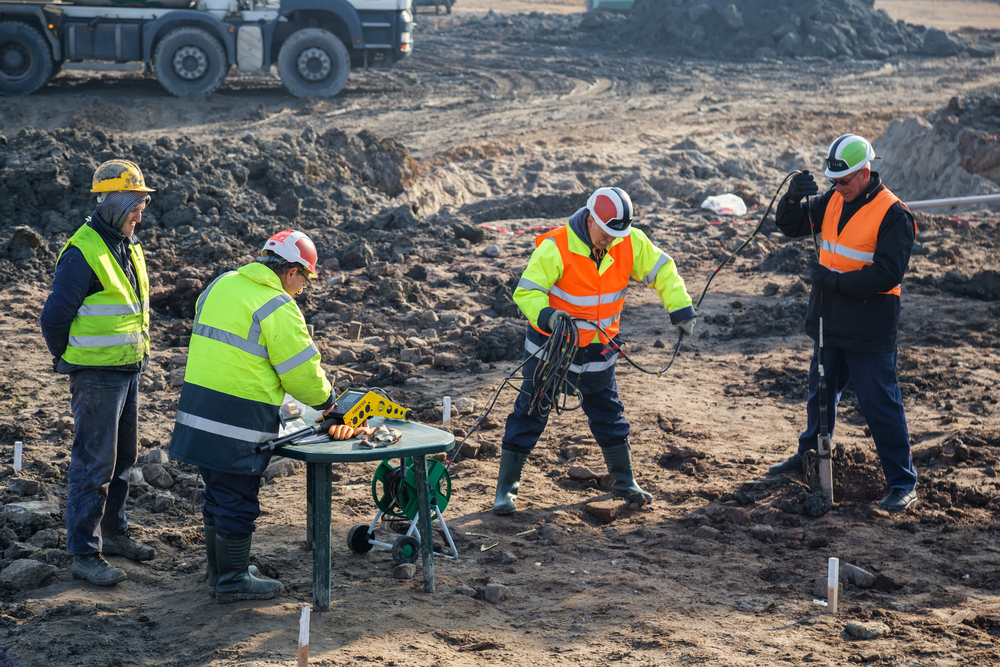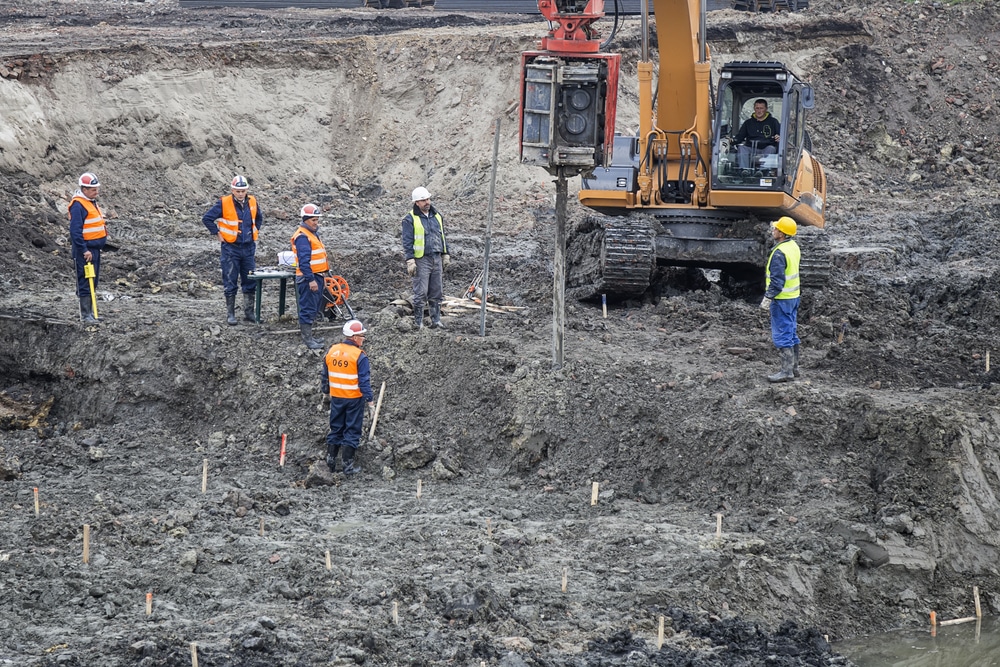The Benefits of Partnering with a Leading Consulting Engineer for Your Business Needs
The Benefits of Partnering with a Leading Consulting Engineer for Your Business Needs
Blog Article
The Interdisciplinary Approaches in the Geotechnical Sector: Connecting the Space Between Design, Geology, and Environmental Scientific Research for Optimum Task Results
The assimilation of design, geology, and ecological scientific research within the geotechnical market is not merely advantageous; it is essential for attaining optimal task outcomes. What methods might arise to promote this important cooperation and enhance the efficiency of geotechnical techniques?
Relevance of Interdisciplinary Partnership
The significance of interdisciplinary collaboration in the geotechnical sector can not be overemphasized. Efficient geotechnical jobs need the assimilation of varied experience from various areas, consisting of design, geology, and ecological scientific research. This cooperation ensures that all aspects of a task are thought about, leading to extensive options that deal with intricate obstacles.
When working in isolation,Interdisciplinary cooperation fosters innovation by allowing professionals to share insights and techniques that might not be evident. By leveraging the toughness of multiple self-controls, groups can identify prospective threats, optimize design procedures, and improve the sustainability of geotechnical tasks. Additionally, such partnership advertises a holistic understanding of site-specific problems, which is essential for precise assessment and decision-making.
The complexity of geotechnical projects necessitates a collaborated approach to analytical. When designers, rock hounds, and ecological researchers function with each other, they can create a cohesive approach that aligns technical demands with environmental considerations and regulative conformity. This synergy not only improves project outcomes however additionally adds to the long-lasting durability of facilities. Inevitably, interdisciplinary partnership is vital for progressing best methods and attaining excellence in the geotechnical sector.
Key Functions of Each Discipline
Collaboration amongst different techniques is not simply advantageous; it is essential for the effective execution of geotechnical projects. Each self-control-- design, geology, and environmental scientific research-- plays a distinct yet interconnected function that contributes to forecast efficacy and sustainability.
Geotechnical designers are largely liable for developing structures and guaranteeing architectural integrity. They assess dirt and rock properties to evaluate load-bearing capacities, giving necessary data for risk-free construction techniques. Their know-how enables the formulation of cutting-edge services to complex obstacles.

Ecological researchers analyze the prospective influences of building on ecological communities and water sources. They carry out ecological evaluations and develop mitigation approaches to minimize negative results. By integrating environmental factors to consider, they make sure compliance with regulations and promote sustainability throughout the job lifecycle.
Study of Successful Integration
Effective integration of geotechnical techniques can be exhibited through different study that highlight the performance of teamwork in resolving complex design challenges. One significant instance is the building and construction of the Hong Kong-- Zhuhai-- Macau Bridge, where a collaborative technique entailing geotechnical engineering, geology, and environmental science was important. Designers and geologists worked in unison to analyze the seabed conditions and maximize the structure style, ensuring security and minimizing environmental influence.
An additional impactful situation is the renovation of slope security in the San Francisco Bay Location, where an interdisciplinary group combined geotechnical evaluation with ecological evaluations. By incorporating geological studies and hydrological studies, the team efficiently determined prospective landslide threats and executed efficient mitigation measures, improving security and sustainability.
Additionally, the redevelopment of Brownfield sites usually requires a multidisciplinary strategy. In one instance in Chicago, cooperation amongst geotechnical engineers, ecological researchers, and city organizers led to the effective remediation of contaminated soil, enabling the secure makeover of the website right into a community park. These instance studies illustrate that interdisciplinary partnership not only addresses technical difficulties but also fosters ingenious remedies that this contact form benefit both areas and jobs.
Difficulties in Multidisciplinary Projects

In addition, coordinating schedules and workflows amongst numerous groups can be problematic, especially when each self-control has distinct task turning points and deliverables. This imbalance can cause delays and increased prices. The obstacle of resource allocation additionally looms large; making certain that specific know-how is offered at vital points needs careful planning and insight.
Last but not least, governing conformity poses an additional considerable difficulty. Each discipline may deal with various governing frameworks, and aligning these requirements to fulfill project purposes can be time-consuming and intricate. Addressing these obstacles necessitates strong management and efficient interaction approaches to cultivate partnership and ensure that multidisciplinary groups function cohesively in the direction of shared objectives.
Future Trends in Geotechnical Practices
As the geotechnical industry evolves, arising fads are improving methods to attend to the challenges encountered in multidisciplinary jobs - geotechnical engineers. One considerable trend is the raised combination of sophisticated modern technologies, such as fabricated intelligence and artificial intelligence, into geotechnical analysis and design. These innovations improve anticipating modeling and risk evaluation, enabling engineers to make more informed choices throughout the job lifecycle

In addition, the adoption of digital doubles and real-time monitoring systems is ending up being more common. These tools promote continuous analysis of soil problems and structural performance, enabling for timely interventions when concerns emerge.
Verdict
In final thought, the integration of design, geology, and ecological science is important for accomplishing optimum results in the geotechnical market. Effective situation researches illustrate the advantages of this strategy, while acknowledging the challenges dealt with in multidisciplinary projects.
The assimilation of design, geology, and ecological scientific research within the geotechnical market is not merely advantageous; it is crucial for accomplishing optimum job outcomes. Efficient geotechnical projects call for the integration of varied experience from various areas, consisting of design, geology, and environmental science.Navigating the intricacies of multidisciplinary projects in the geotechnical industry offers a number of substantial obstacles.As the geotechnical sector evolves, arising fads are reshaping techniques to attend to the challenges encountered in multidisciplinary jobs. Geotechnical designers are progressively teaming up with environmental scientists to guarantee that go to this site jobs straighten with sustainability goals and abide with regulatory demands.
Report this page